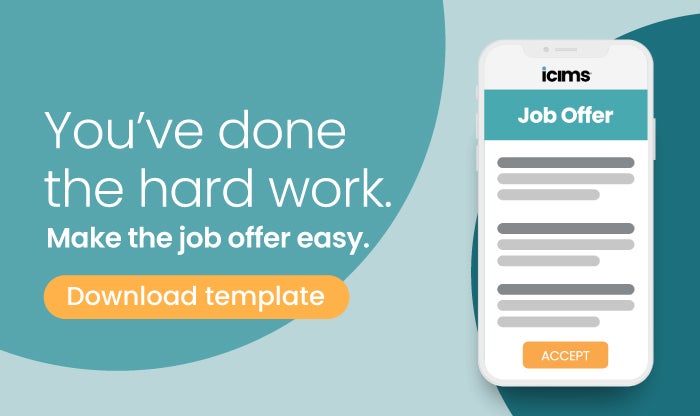

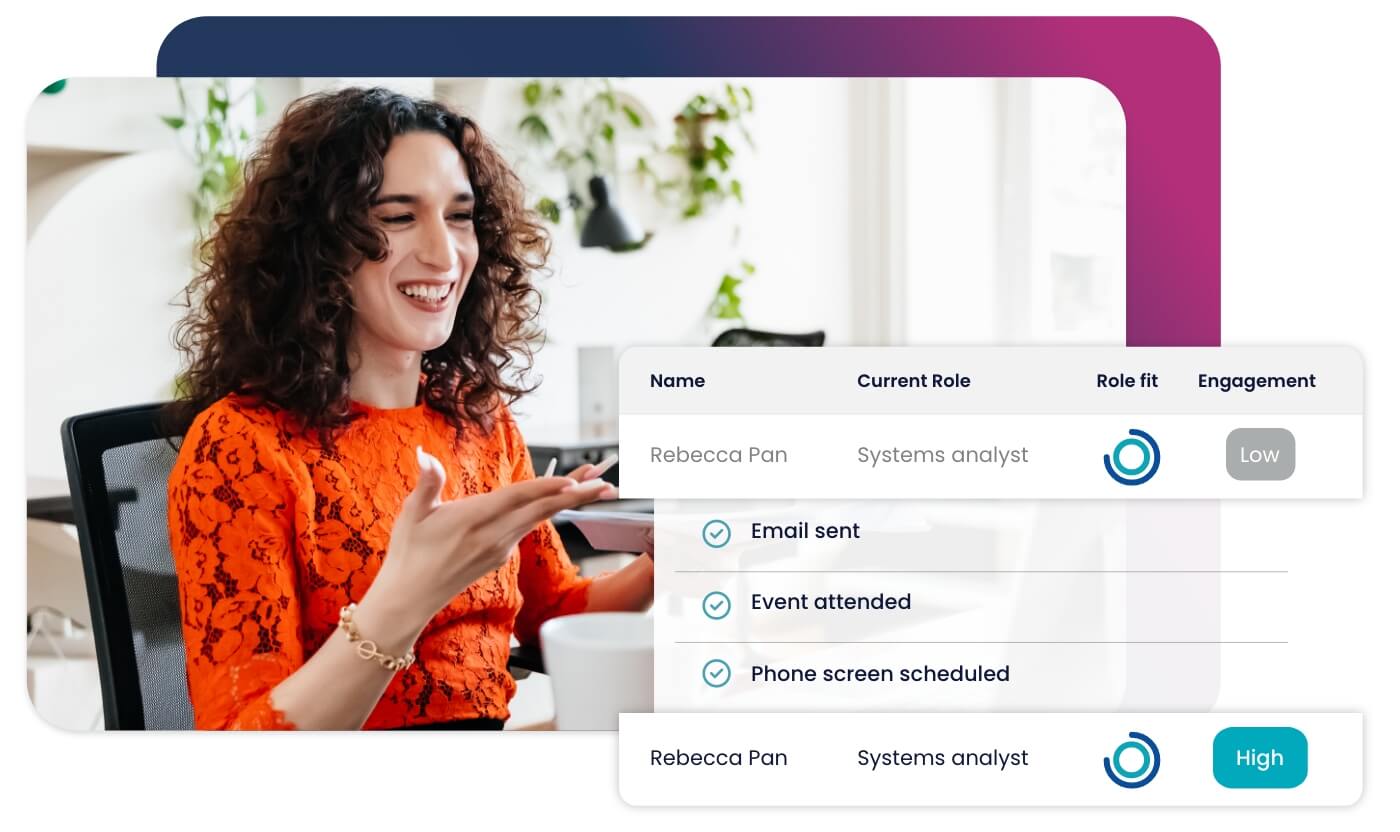



Accelerate hiring key talent to deliver care and exceed patient satisfaction.

Attract skilled candidates, speed up hiring and grow expertise in your workforce.

Simplify recruiting finance and banking talent with a platform for hard-to-fill roles.


Build a talent pipeline that engages and drives your business forward.


See how diverse and global enterprises use iCIMS to employ millions, drive innovation and connect communities worldwide.

Learn how a beloved restaurant hires 40,000+ annually with a great candidate experience.
Uncover unique market insights, explore best practices and gain access to talent experts across our library of content.


View press releases, media coverage, the latest hiring data and see what analysts are saying about iCIMS.

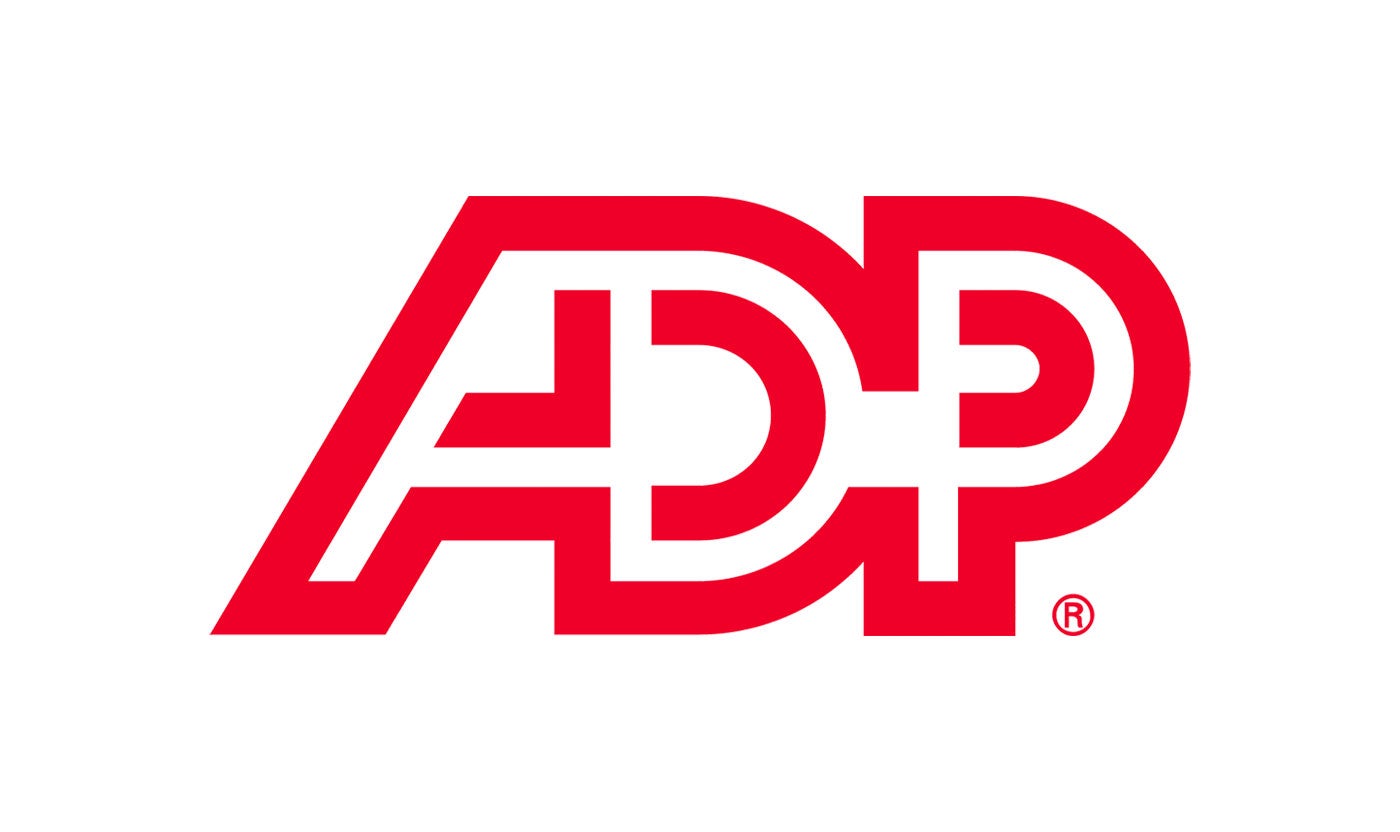
Streamline your tech stack and take advantage of a better user experience and stronger data governance with ADP and iCIMS.
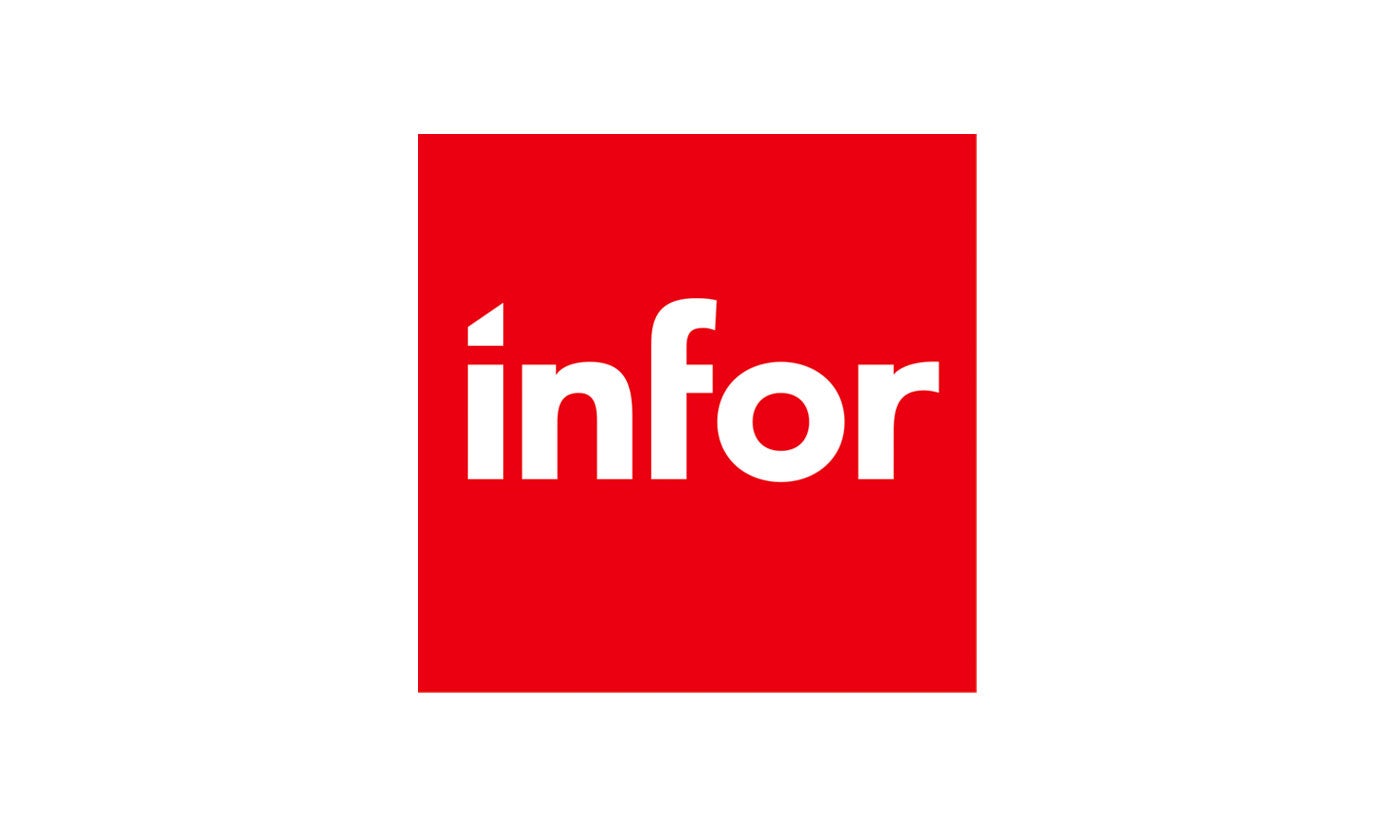
The combined power of iCIMS and Infor helps organizations strategically align their business and talent objectives.
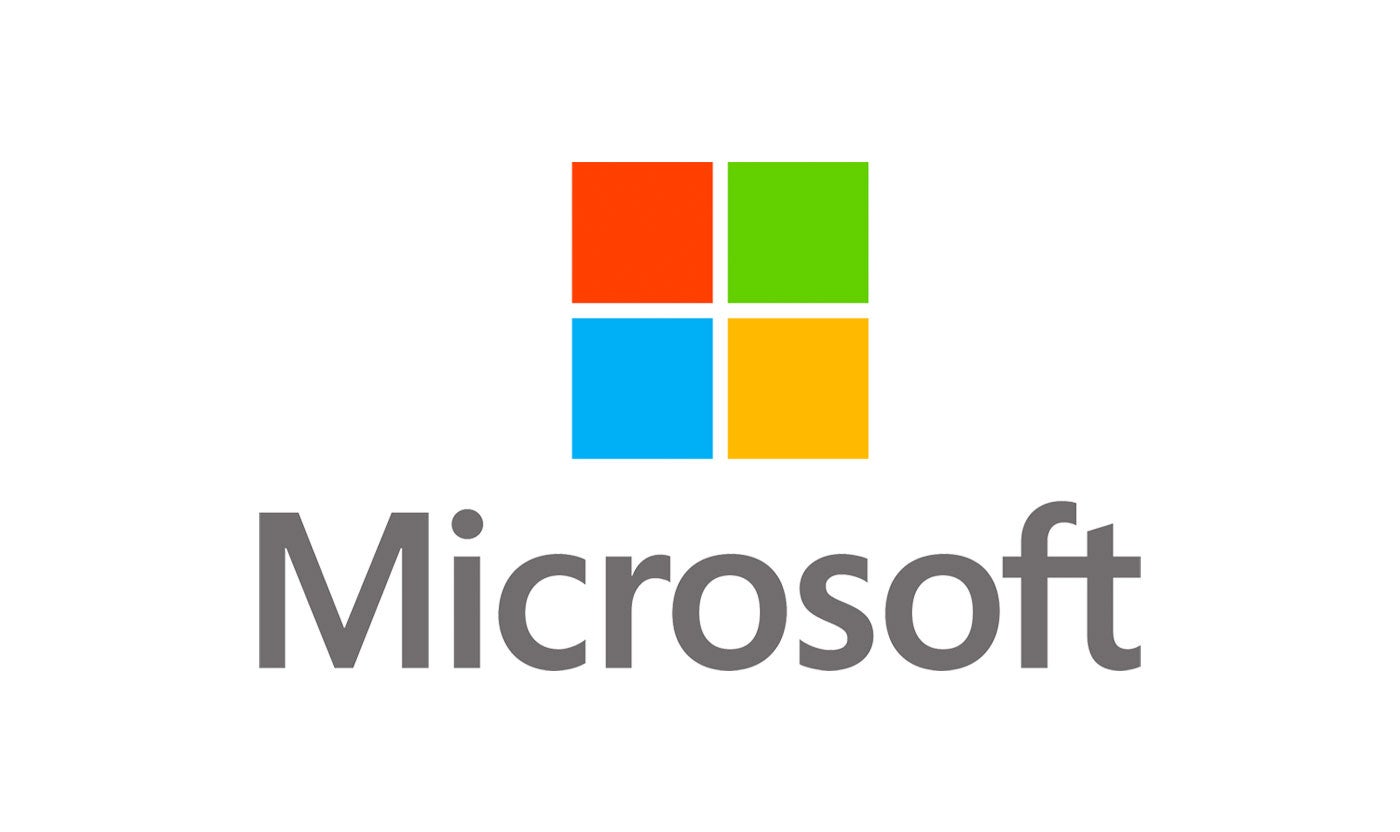
Our award-winning partnership with Microsoft is grounded in a shared desire to transform the workplace and the hiring team experience.
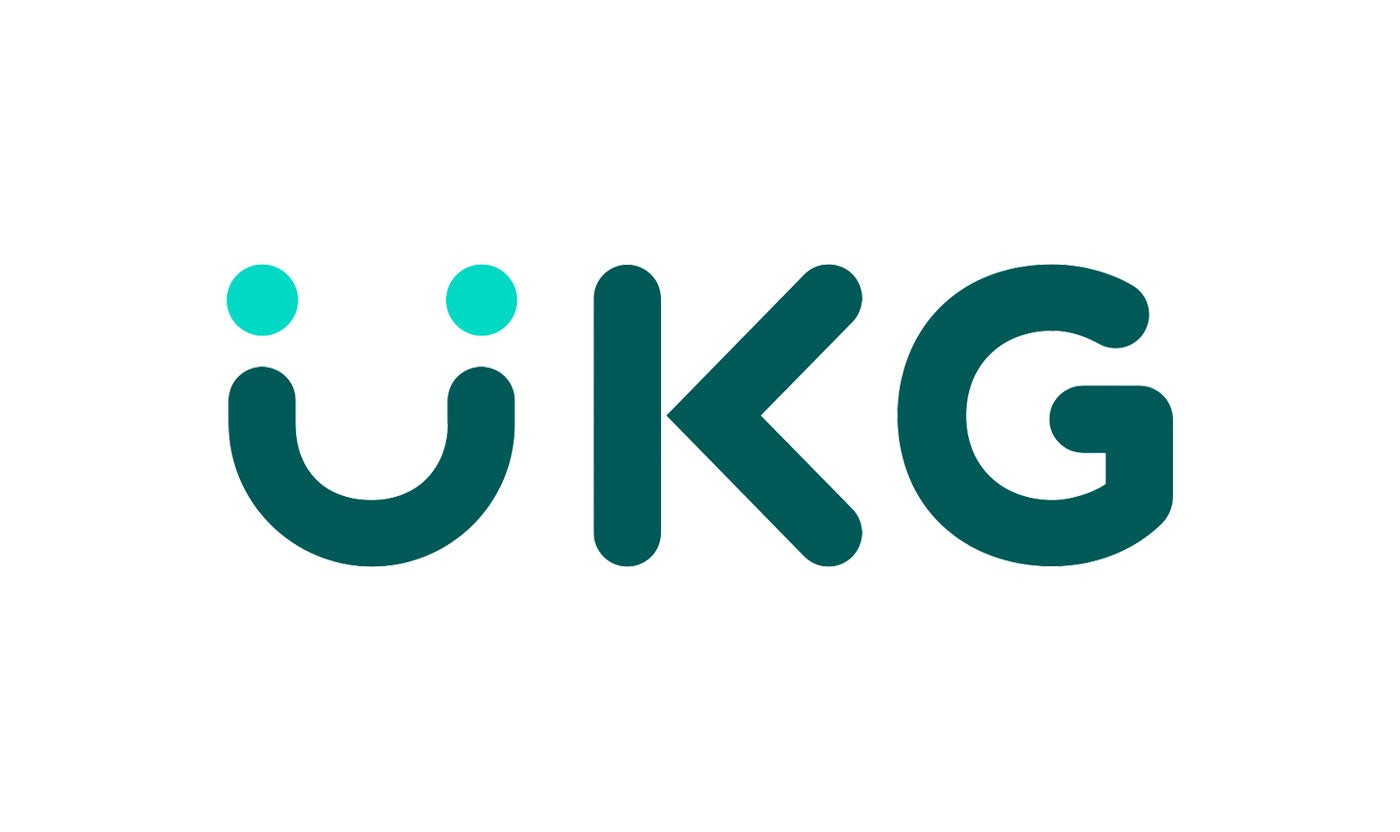
Our partnership with Ultimate Kronos Group (UKG) supports the entire talent lifecycle by bringing frictionless recruiting solutions to UKG Pro Onboarding.

Ever look up a recipe online and it’s all the way at the bottom? The worst.
To get to the good stuff you have to scroll all the way past grandma’s life story, how she grew up penniless in a cabin at the top of a mountain. Sometimes it’s interesting. Often, it’s not.
Mixed news on that front.
Bad news first: I did include a lot of additional resources before the template. I know, I know. But I do it for you. Read on to see the common challenges of the job offer process, solutions, success stories, what to include in your offers, and a sample workflow. It will be fun, I promise.
Now the good news: You can avoid my poetic musings about the job offer process and get to the good stuff – a job offer template and checklist – by scrolling to the very end or clicking here.
Let’s get started.
A lot of attention gets put on the beginning of the hiring journey, namely sourcing and interviewing. One might think it’s all sunshine and rainbows by the time we get to the offer process. You’re here because you know firsthand that it’s not.
Here are just a few of the more common challenges we see employers face with managing their job offer process:
First, what is job offer software? Here’s what our recruiting and HR glossary has to say:
“Offer management software eliminates manual, error-prone processes to get offer letters out to candidates faster. Branded templates and e-signatures are stored within the system for easily repeatable processes, while approvals are managed at scale during this critical stage of the recruitment lifecycle.”
In other words, job offer software centralizes and automates the offer process. Part library, part template builder, iCIMS Offer Management Portal makes it easier for you to make job offers quickly, accurately, and professionally.
As a result, we’ve seen customers shave days off their approval process and increase their acceptance rate.
I don’t think anyone will argue that having a better way to manage your job offers makes life easier. But as anyone who’s gone through a procurement process knows, there’s a long way between “nice to have” and “business imperative.”
Here’s the good news if you’re struggling to manage your offer process using an outdated or manual process. Put down that checklist and take a look at these examples:
There’s Peet’s Coffee for one. The international coffee company hires coffee fans – called Peetniks – between 5 and 6 business days faster than before with our offer management software.
Then there’s IMT Residential, a property management company with more than 60 high-end apartment communities in the United States. While they hire new associates all the time, they’re also growing quickly by acquiring existing properties. All employees that join through acquisition must be offered new terms and onboarded. Retention depends in part upon a smooth transition.
“Creating or modifying a job offer template is really easy. It’s easy and very straightforward to use for the administrator, the recruiting team, and candidates,” says their director of recruiting and engagement. “iCIMS’ Offer Management helps us present IMT as professional and organized.”
Just because an organization is large doesn’t mean they have everything figured out. Some of the biggest companies in the world use multiple recruiting and people management systems. The process can look very different depending on who you are, where you are in the world, and what you’re applying for.
Here are some best practices for what to include in your offer letter. You can find this and additional detail in our downloadable template below:
Each organization handles the job offer process a little differently. We’ve seen a lot of organizations, some with very sophisticated HR systems, lacking when it comes to offer management software. There’s more manual spreadsheets and Microsoft Word documents out there than you might think.
Here’s a quick summary of how our job offer software works:
Welcome to the end of this article. Now for what you’re really looking for. Get your copy of the template and checklist by clicking here or on the image below.
